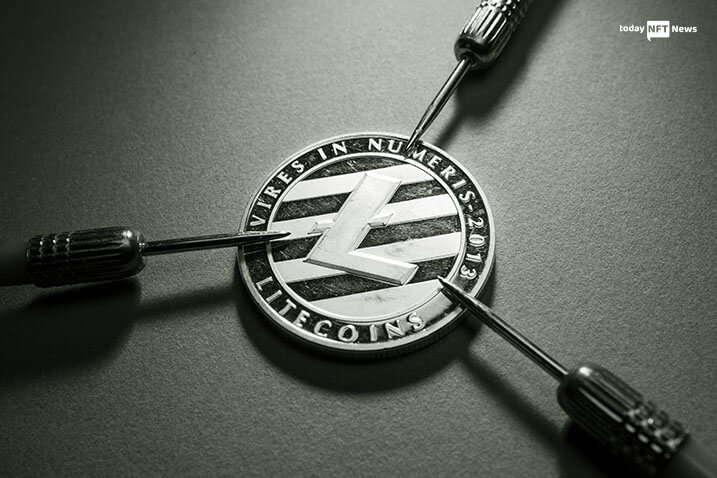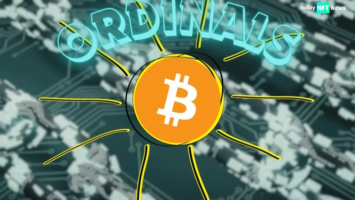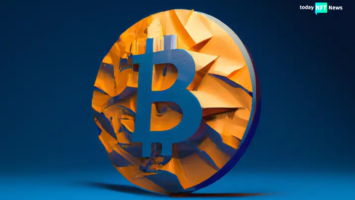SNEAK PEEK
- Anthony Guerrera, the creator of the Bitcoin Ordinals protocol fork, was motivated by the monetary reward.
- Creating the fork was possible as Litecoin includes taproot and SegWit.
- LTC fork took a week only since the needed changes were straightforward.
To fork the Ordinals protocol to the Litecoin network, all it took included the natural ability for coding and some monetary reward.
Anthony Guerrera, an Australian software engineer, posted on February 18, a repository to GitHub that forked the Ordinals protocol. This enabled NFT-type assets on the Litecoin network, similar to the way it made it onto the Bitcoin network earlier this year.
Guerrera shared that his motivation to make a Litecoin Ordinal fork was the 15 LTC reward posted by Indigo Nakamoto that increased to 22 LTC for anyone who could become the first to create a fork successfully.
15 $LTC now:
— Indigo | Nakamotoist (@indigo_nakamoto) February 11, 2023
– @indigo_nakamoto
– @ryanwrights
– @MASTERBTCLTC
He added that he knew it was a possibility since Litecoin has both taproot and SegWit. Adding on, Guerrera shared being in a hurry to try and make it happen as quickly as possible.
For those who are unaware, Taproot and SegWit refer to the names of the Bitcoin protocol updates that strive to enhance the privacy and efficacy of the network while also enabling attaching inscriptions, NFT-like structures, to satoshis.
Inscribing an image on the Bitcoin blockchain costs tens of dollars and depends on the size; however, inscribing a litoshi is over two cents. Litoshi is defined as the LTC equivalent to a satoshi.
The block space occupied by Ordinals in the network owing to their size being more than transactions is a point of disagreement among Bitcoiners. However, this won’t be a major issue on Litecoin, according to Guerrera, as it has a larger block size but can take place.
As the changes were simple, it took over a week to create the LTC fork, said Guerrera. He further mentioned updating the Ordinals code to make it work with inputs from Litecoin rather than Bitcoin.
Factors such as total number of coins and differences in block time creation were also considered in the fork.
Taking it to Twitter, Guerrera shared that he inscribed the first Litecoin Ordinal by putting the MimbleWimble whitepaper on the blockchain.
The first #Litecoin #Ordinal has been inscribed on the Litecoin blockchain.
— Crypto Anthony (@anthonyonchain) February 19, 2023
The mimblewimble whitepaper will live within Litecoin forever Ⓜ️🕸 #MWEB!$LTC $BTC #NFT @SatoshiLite @finitemaz @ryanwrights @MASTERBTCLTC @ChiefLitecoin @indigo_nakamoto pic.twitter.com/ICLkTMjwRW
The Mimblewimble Extension Blocks upgrade enables Litecoin users to choose confidential transactions as well as other blockchain improvements like curbing useless and extra transaction data.
As a fan of technology, Guerrera likes that privacy is a possibility on such public ledgers. Moreover, he added that, as far as the future of the forked protocols is concerned, he will contribute to the fork to the best of his ability.









